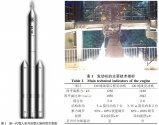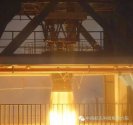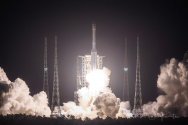Maybe. But CNSA was always cautious on the missions.I think that China will continue testing all the parts of a potential LM5 moon shot until they are confident about making an announcement.
From announcing the mission to carrying it out could be a short time, like 2 years only.
This ought to happen no matter what happens with LM9.
I think they won't send taikonauts to the moon where there were brand new rocket and brand new ship and just one testing launch before the crewed mission.
For manned spaceflight and lunar soil sample retrieval missions there were both more than one test flight before the destinated missions were carried out.
If CNSA would be funded like NASA of the Apollo era it would be scheduled with compact missions, but that's not possible. CNSA still has very limited annual budget by now.




